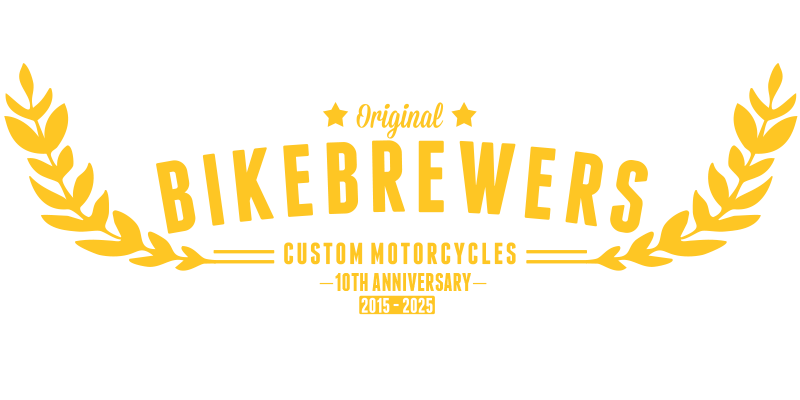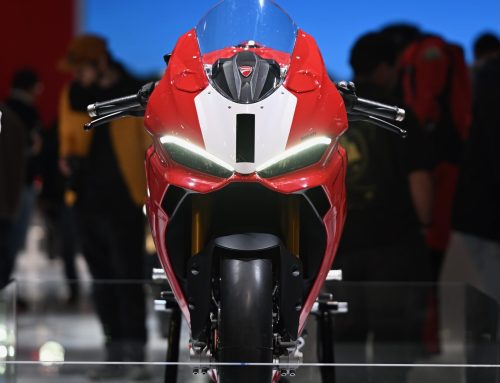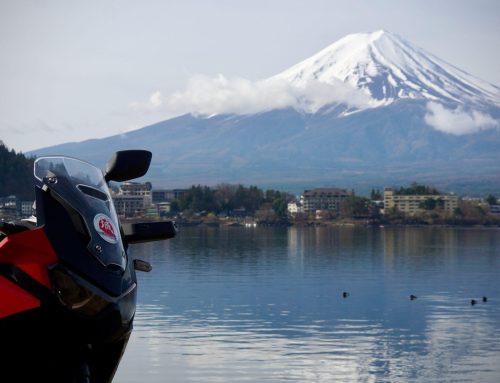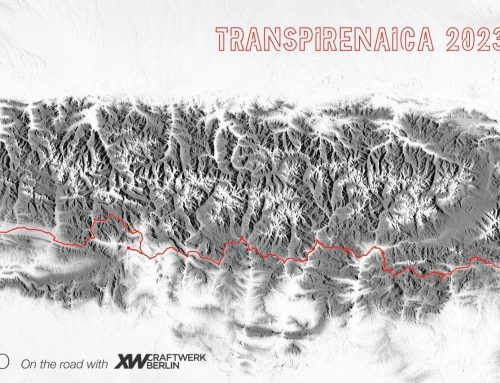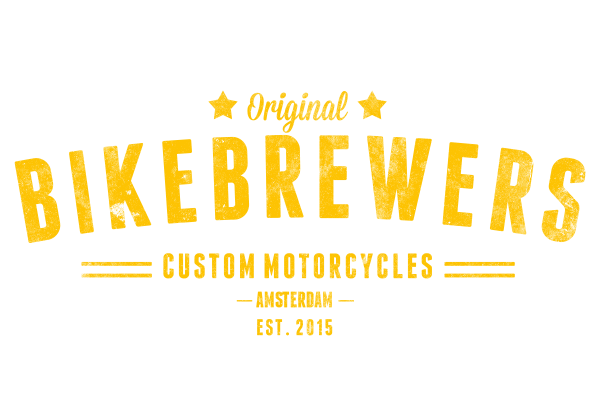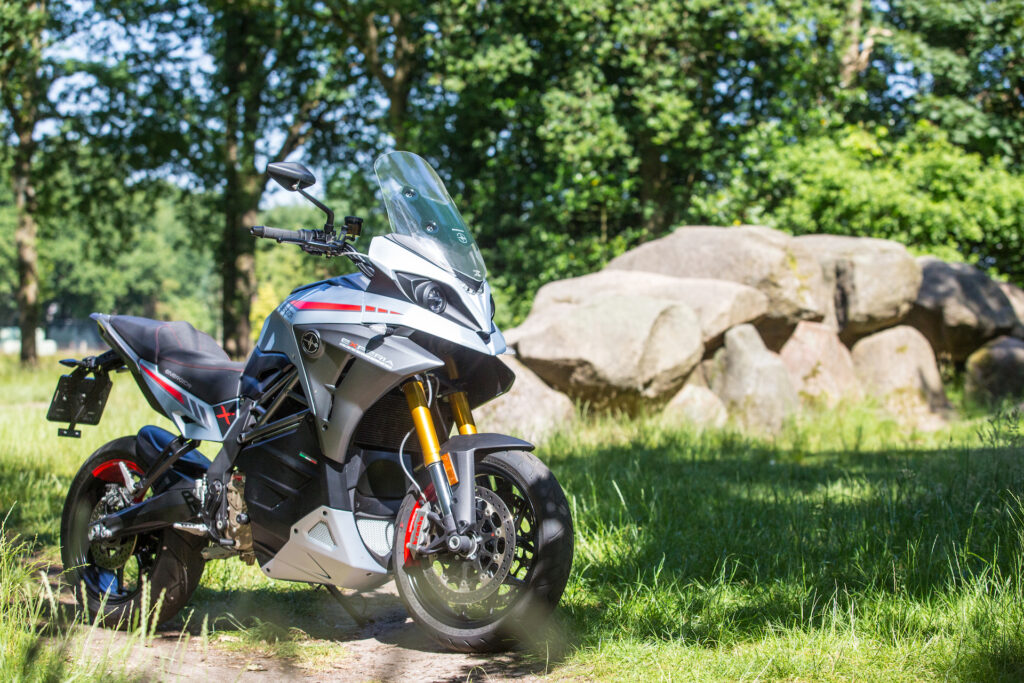
Okay, let’s start by answer some burning questions. Yes, it’s electric. Yes, you miss sound and vibration. Yes, you miss shifting gears and the feeling of being directly connected by the clutch. And yes, you have to get used to it. But no: it is not the end of the world!
Electric motorcycles have been around for a while now and there are still die-hard motorcycle enthusiasts who maintain, with some persistence, that they never want to be seen on such a thing. Or that ‘the fun stops as soon as you can’t put any more petrol in it’. Or something like that. And then the comments come from the other side, it becomes a fight and the conversation, if it ever was one with so many rigid attitudes, gets bogged down in a kind of bingo card with cliché remarks and it’s done, until the next time. This is that next time, so I’ll get right to it.
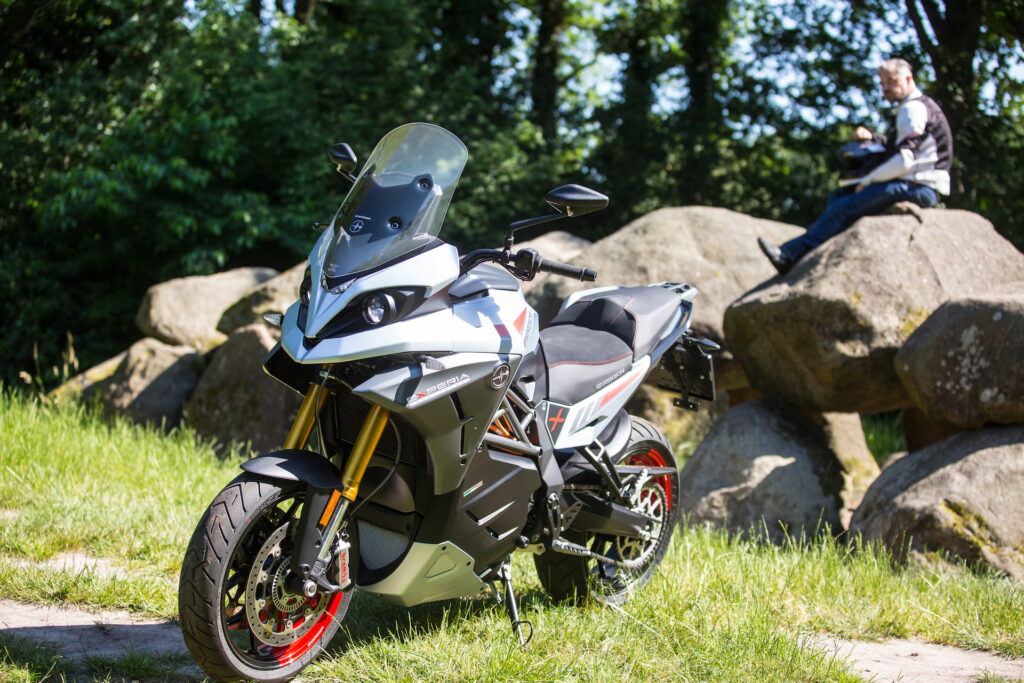
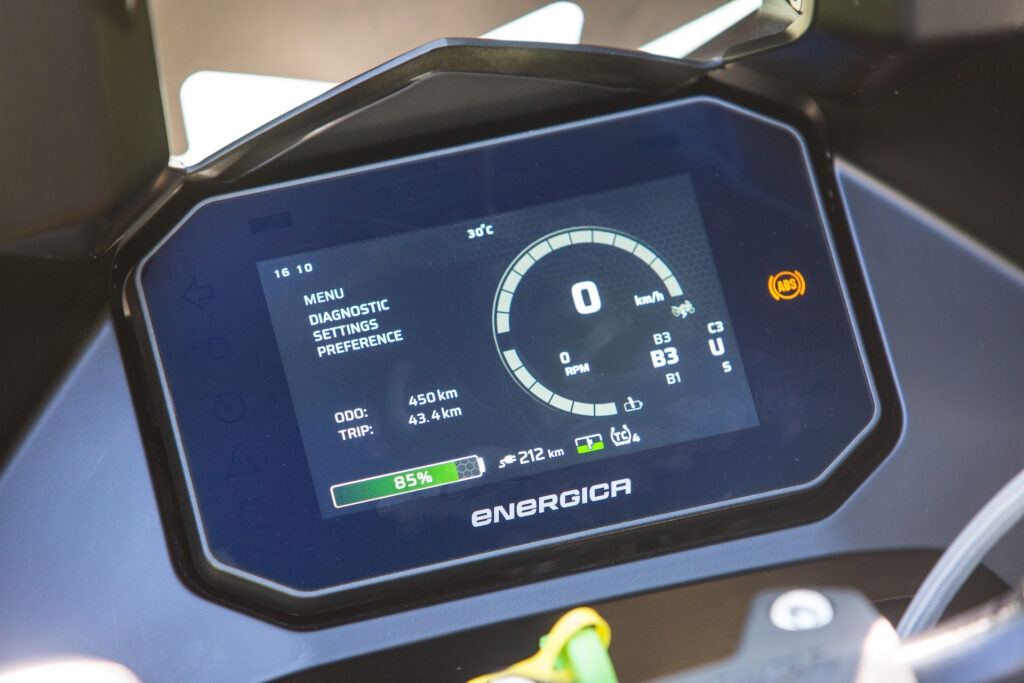
The Experia is Energica’s latest model and after a supersport, naked and retro naked, Energica has now gone for a real Adventure bike style. Pretty ambitious, because you immediately think ‘cases, payload, aerodynamics and mileage’. Not the things you think of with an electric motorcycle, so my curiosity was piqued. Quite simply, if they have an answer to this, you could call it a breakthrough. If this succeeds, every other genre is a cinch and you have swept aside almost all, if not all, objections.
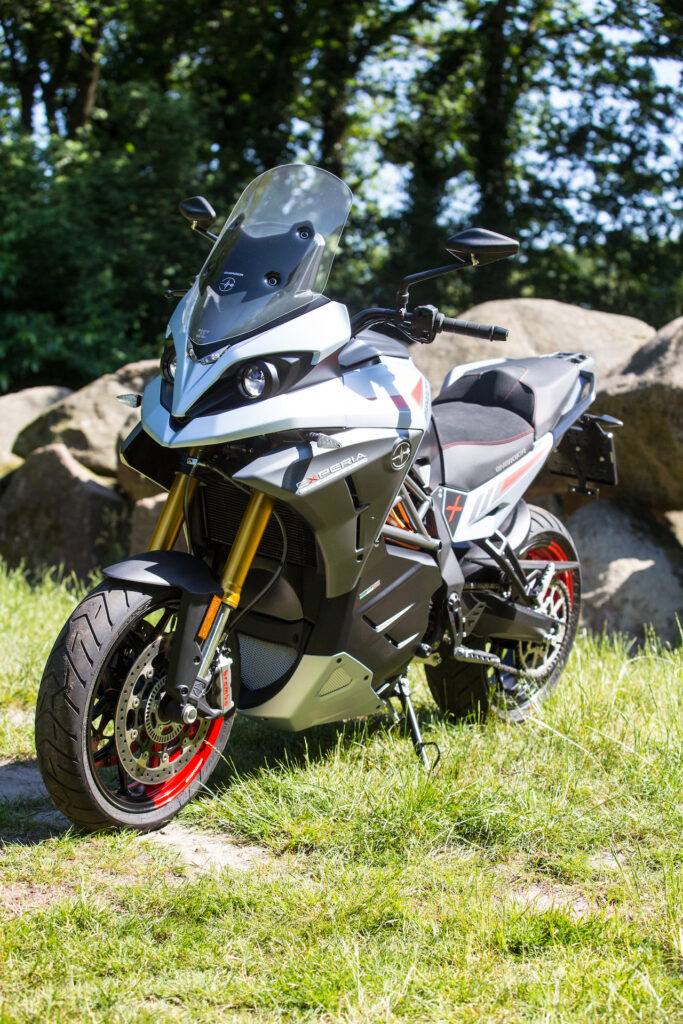
POWER: Continuous: 60kW/80Hp at 7000 rpm – Peak: 75kW/102Hp at 7500 rpm
TORQUE: 115 Nm / 85 ft lb. – 900 Nm / 664 ft lb. at wheel
TOP SPEED: Limited at 180 km/h (112 mph)
ACCELERATION: 0-100 km/h (0-60 mph): 3.5 sec
RANGE:
- City: 420 km (261 miles)
- Combined: 256 km (160 miles)
- Extra-Urban: 208 km (130 miles)
- WMTC: 222 km (138 miles)
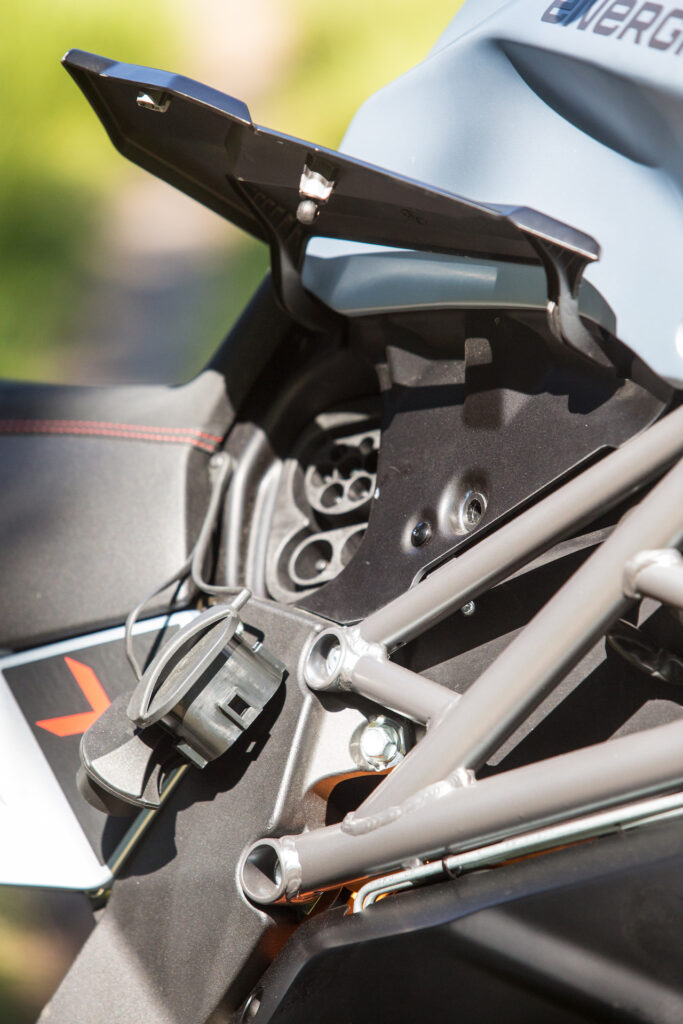
The single biggest advantage that Energica has now embraced is mass. Indeed, up until now, electric motors have still been on the heavy side. That’s fairly inevitable, the batteries and motor are just heavy. But… an average Adventure often is too. And with that Energica erases one of the biggest objections; the Experia is not much heavier than an average competitor with a claimed weight of 260kg.
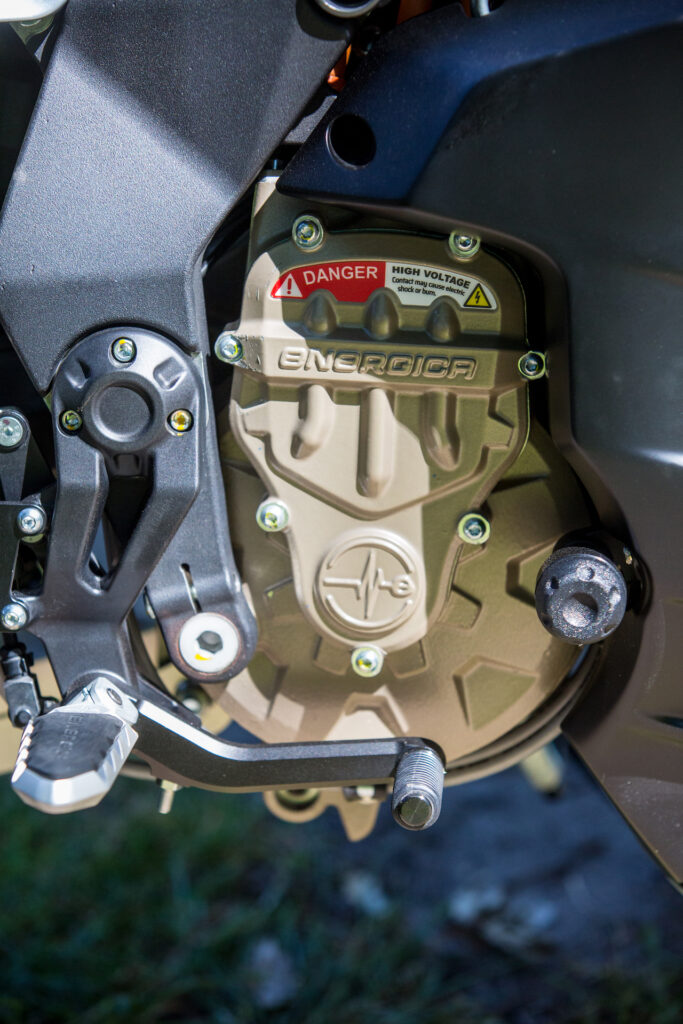
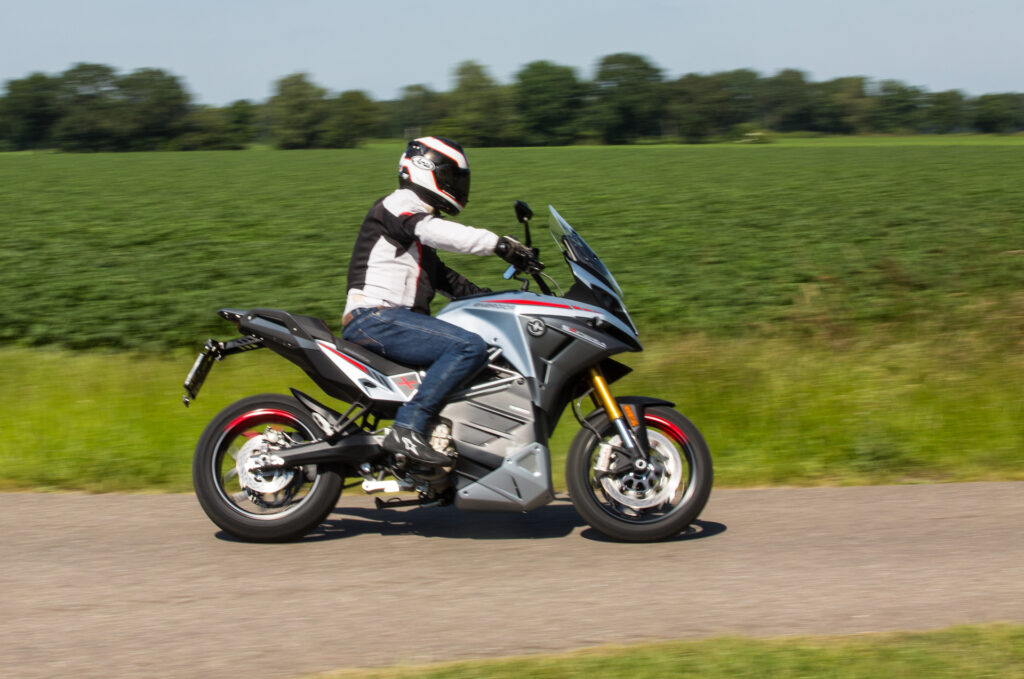
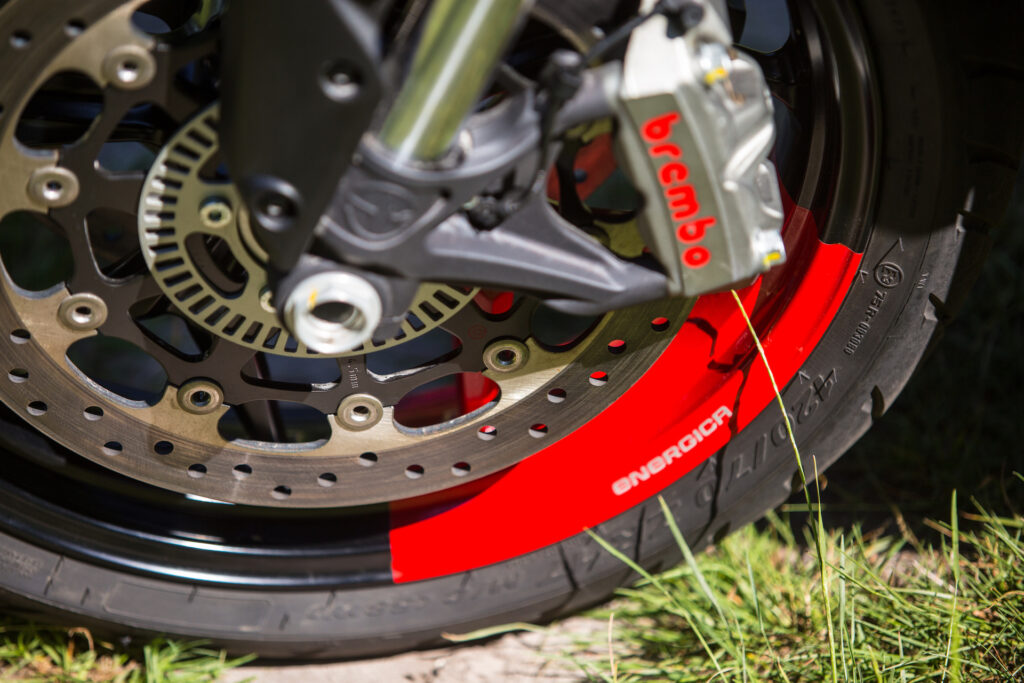
And that load capacity? Look at the specifications and you know. Of course you have to recharge every so often, but now you only have to combine that with a cup of coffee instead of a three-course lunch. And you were on vacation, right? Who’s in a hurry then? With the various connection options you can charge wherever you want, whether it’s at a Tesla fast charging station or a half-decayed, cobwebby outlet in a farmer’s barn. Okay, the latter will take longer and you have to make sure that you do not start a fire, but it is possible. Literally anywhere. And once full you can really go a long way with it, before you have to look again. I would like to try it in practice for a realistic impression though. But it already promises a lot and it is anyway better than what we were used to so far. Only question I have is how it will work with a passenger and luggage added to the mix, but that too is a nice idea to figure out.
CAPACITY: Max. 22.5 kWh / Nominal 19.6 kWh – lithium polymer
LIFE: 1200 Cycles @ 80% Capacity (100% DOD)
RECHARGE:
- Fast Charge DCFC Level 3 Mode 4: 400 km/h o 6,7 km/min (248 miles/h o 4 miles/min)
- Slow Charge Level 2 Mode 2 or 3: 63,5 km/h (39,5 miles/h)
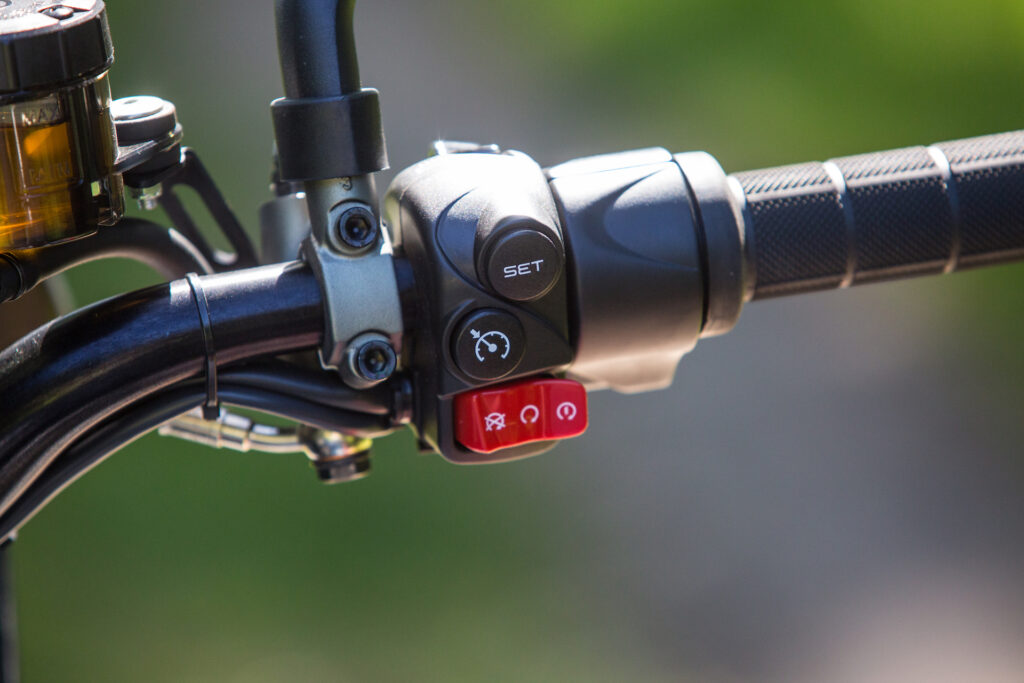
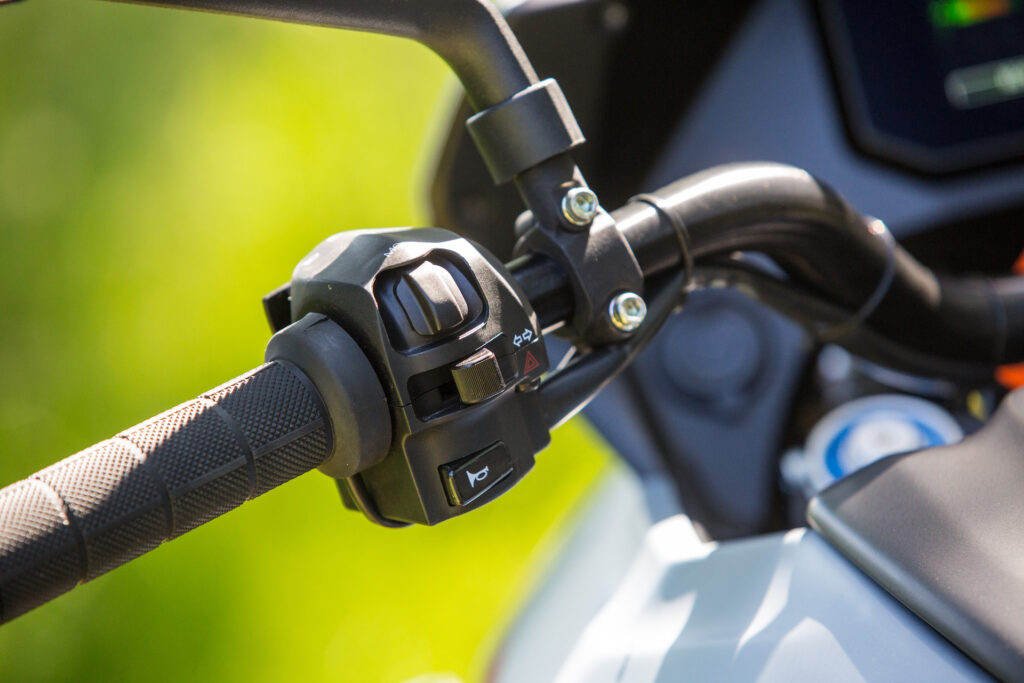
Photo credits: Vincent Burger
